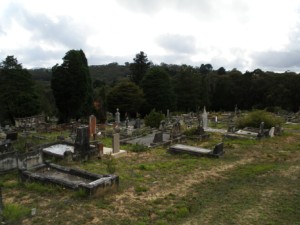© Glenda Bone-Gaul
World War 2 brought many changes to Australian households. On a practical level it brought shortages that affected normal domestic life. These shortages had to be worked around and great imagination had to be used in order to cope with the lack of food, clothes, petrol and so on. The role of women in the home became much harder, their usual routine had to be contoured to the changes War brought. The lack of manpower was felt in many ways and women had to make up for this shortfall. Some women coped better than others. This is the story about one such woman and how she dealt with the changes that War brought to her home.
Continue reading “The Autograph Book”


